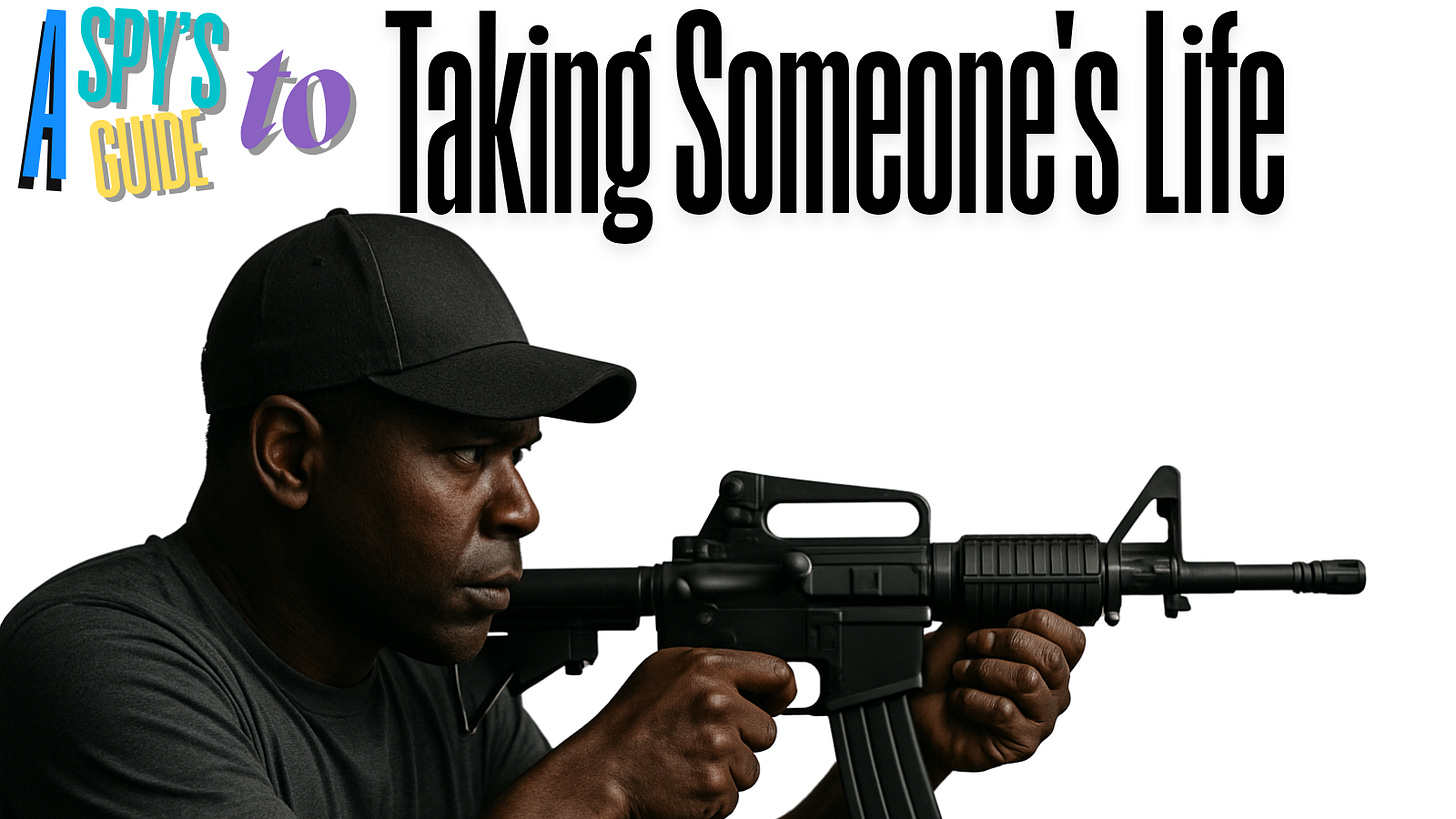A Spy's Guide To Taking Someone's Life
Introduction
In the clandestine realm of espionage, where every decision may tip the balance of power and every action is shrouded in secrecy, spies are entrusted with missions of grave consequence. While the common conception of intelligence work revolves around surveillance, deception, and data collection, there exists a darker, more visceral facet—one rarely acknowledged in official accounts. Among the most harrowing responsibilities assigned to intelligence operatives is the task of taking a human life. This episode of “A Spy’s Guide To” explores the deeply concealed, morally fraught terrain of state-sanctioned killing.
Framed by governments as a necessary evil to preserve national interests or prevent catastrophic events, the targeted killing of individuals has long existed in the covert playbook of powerful states. Yet, behind the justifications and the rhetoric of national security lies a profound psychological, ethical, and emotional toll. What does it mean to be authorised to end another person’s life? How does that burden shape the mind of an operative? And what happens when the mission ends, but the memories remain?
This guide examines the frameworks that permit such actions, the mental conditioning required to carry them out, and the inner damage incurred when the operation fades into classified silence. It reveals why those who carry out these missions often struggle not with the act itself—but with living afterward.


